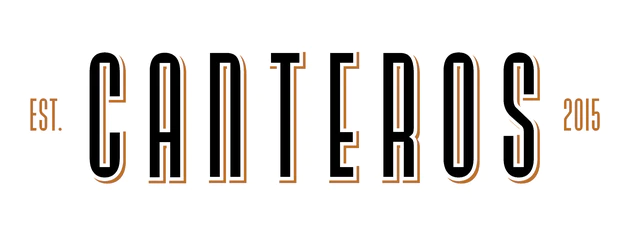When a cigar rests in your hand it feels like a single, elegant object — but that simplicity is an illusion. Inside that wrapper are leaves chosen and prepared for very specific tasks. The wrapper, binder and filler are not interchangeable: they are the vocabulary of the blender, the elements that tell a cigar’s story. The artistry is in recognising the character of each leaf and assembling them so their strengths complement one another rather than compete.

Tobacco plants give an astonishing range of material. Leaves from the lower stalk burn more readily and often serve as volado; middle leaves known as seco & viso bring nuance and sweetness; the uppermost primings carry the power known as ligero. Farmers decide when to top the plant, how long to sun-harden or shade, and how to carefully cure and ferment—decisions that alter sugar levels, oils and structural integrity. A single stalk can therefore produce the delicate leaf that makes a smooth burn and the muscular leaf that delivers backbone and intensity. Centuries of cultivation and tasting have taught growers and blenders to read these layers and to blend them in the right proportions.

Wrapper, Binder, and Filler: The Trilogy of Construction
The wrapper is the face of the cigar and often the first source of flavour you notice. It must be thin, elastic and near-perfect in appearance — a blemish can send a leaf to a lower use. Different wrappers bring distinct profiles: Connecticut Shade wrappers tend to be smooth and creamy, while San Andrés maduros present darker, chocolate and earth notes. Beyond aesthetics, wrappers significantly influence flavour and aroma; in slimmer vitolas where wrapper-to-filler ratio is high, the wrapper can dominate the tasting experience.
Underneath the wrapper sits the binder, a less glamorous but essential component. The binder’s job is structural: to hold the filler together and give the roller a surface to stretch the wrapper over. Binders also affect combustion and can contribute flavour — broadleaf binders may add sweetness and weight, while habano binders might sharpen spice and structure. Without a well-chosen binder, a cigar will not draw evenly or burn consistently.
The filler is the heart of the cigar’s complexity. Blenders select leaves from different regions, primings and ages, arranging volado, seco, viso and ligero to achieve balance. Ligero delivers strength and intensity; seco offers aromatic lift; volado promotes even burning. In ultra-premium cigars, medio tiempo — rare leaves formed after a stress-induced shift in the plant — can add extraordinary depth. Fillers can be rolled entubado (entubar) or layered in an accordion style; that choice affects draw, burn rate and how flavours evolve through the cigar’s life.

From Field to Fire: The Leaf’s Journey
The journey begins at harvest. Leaves are hung in curing barns where chlorophyll fades and sugars become more prominent. Proper curing is crucial: too fast and the leaf loses nuance; too slow and it can rot or develop undesirable notes. After curing comes fermentation, usually in stacked pilónes, where heat and humidity reduce harshness, strip ammonia and refine flavour. Finally, leaves are aged, sometimes for years, until they calm and integrate. Wrappers typically require longer, more meticulous attention because their appearance and delicate oils are paramount.
When rolled, the three categories of leaf must marry. A well-made cigar reveals that union through its burn, draw and aroma. The first third often reflects the wrapper’s promise; the middle opens the fillers’ complexity; the final third tests whether the blender balanced strength and sweetness to avoid bitterness as oils concentrate and combustion grows hotter. A good cigar is not merely strong or flavoured — it is coherent, the product of decisions made in the field, the curing barn and the blending room.

Why the Essential Leaves Matter
Recognising what each leaf contributes makes smoking more than a pastime; it becomes a way to connect with place and practice. The peppery snap of Nicaraguan ligero, the honeyed lift of a Dominican seco, the oily sheen of an Ecuadorian Connecticut — these are fingerprints of soil, sun and craft. Each draw is a compact history lesson: a memory of weather, the farmer’s touch, the fermenter’s patience, the roller’s skill and the blenders symphony.
For blenders and smokers alike, the lesson is humility and respect. Tobacco is a living material with moods and limits. The best cigars come from restraint as much as ambition: using the right leaf in the right role, ageing it long enough, and assembling it with an eye for balance. That restraint is what turns a simple agricultural leaf into a refined, memorable smoke.

A Final Thought
Next time you reach for your cigar, pause and look closely. The surface, the feel, the scent — they’re all clues to the leaves within. Appreciating wrapper, binder and filler isn’t technical nitpicking; it’s learning to hear the voices in the smoke. When those voices are balanced and true, the cigar is more than tobacco: it’s a conversation across seasons, soils and skilled hands — and a small, concentrated luxury worth savouring.

